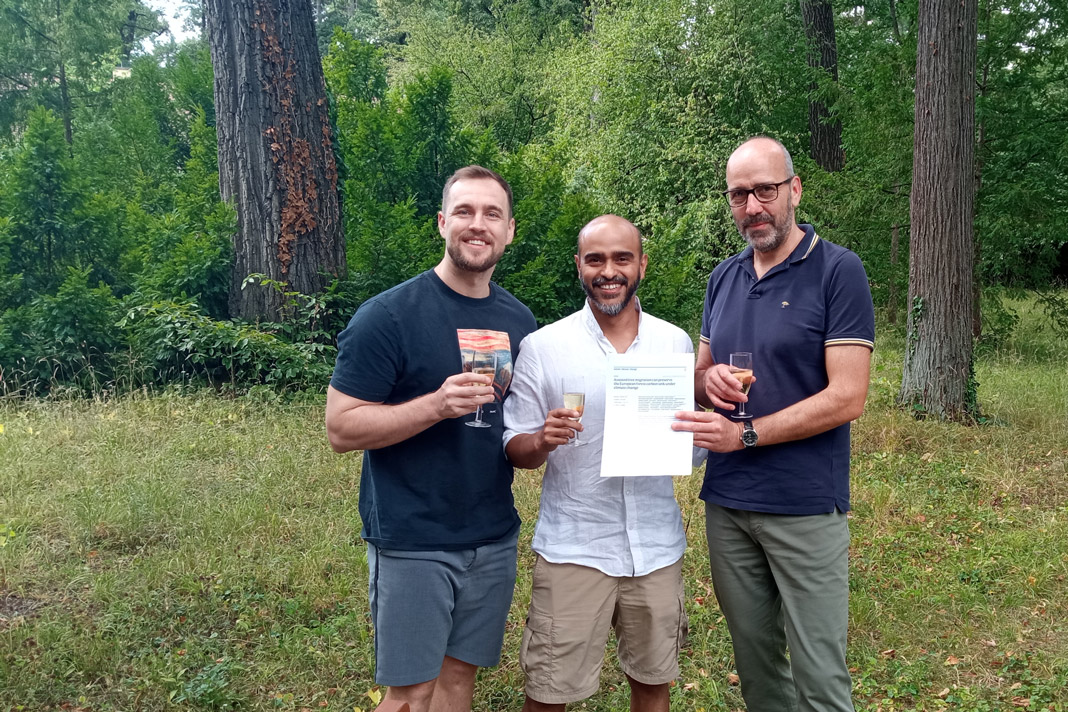Mapping of plant and animal genetic resources underway
In July 2014, the European Commission (DG Agriculture and Rural Development) launched a two-year “Preparatory action on EU plant and animal genetic resources in agriculture”, as a follow-up to the EU Biodiversity Strategy 2020 and the evaluation of the second Community programme on genetic resources in agriculture (2006-2011).
The project is coordinated by Arcadia International and other consortium partners include Valdani Vicari & Associati, the Wageningen University & Research Centre (the Centre for Genetic Resources, The Netherlands (CGN), Plant Research International (PRI) and Landbouw-Economisch Instituut (LEI)) , the Centraalbureau voor Schimmelcultures (an institute of the Koninklijke Nederlandse Akademie van Wetenschappen (KNAW-CBS); and the Information and Coordination Centre for Biological Diversity of the German Federal Agency for Agriculture and Food (BLE-IBV).
The objective of the project is to support the EU in recognizing the potentials for added value in the area of the conservation and sustainable use of agricultural and forest genetic resources. To achieve this, the project will 1) identify, describe and analyse activities undertaken in the EU on the conservation and sustainable use of agricultural and forest genetic resources, and 2) identify missing links and actions to be addressed in future actions on the conservation and sustainable use of genetic resources in agriculture and forestry. The results of the project may also contribute to the development of a strategy for the conservation of genetic diversity in the EU.
The project will cover all 28 EU Member States and will focus on plant, animal, forest, microbial and invertebrate genetic resources. The work is structured into the following five main tasks:
- Mapping exercise aiming at identifying and listing initiatives, existing databases, collections and their corresponding key stakeholders.
- Literature review to complement the mapping exercise and provide an overview of the main topics and outcomes as well as trends of relevant research, and the implications for the use of genetic resources.
- Phone interviews and case studies for an in-depth analysis of individual initiatives, databases, and collections.
- Seven workshops to discuss specific issues emerging over the course of the project.
- Validation and dissemination conference (450 participants) in Brussels.
So far, the project activities have focused on the first task. More information on the activities, including the events in 2015 and early 2016, will be made available <link http: www.geneticresources.eu _blank external-link-new-window external link in new>on the project website.
Related Links
- Preparatory action on EU plant and animal genetic resources in agriculture website







